Montana in 30 Years: TOURISM
Interview with the Director of Voices of Montana Tourism
Dax Schieffer

is the director of Voices of Montana Tourism, providing year-round education and outreach around the value of the tourism of industry for Montana. Schieffer grew up in eastern Montana in Sidney and graduated from Montana State University before serving an 18-year career in hospitality in Big Sky. To follow trends in the tourism industry, visit www.voicesoftourism.com and sign up for monthly newsletters.
* * * *
So, where are we today with tourism numbers, and where do we expect to be in 2047 with projected numbers of tourists visiting Montana annually?
In 2016 Montana attracted a record 12.3 million non-resident visitors. This is a five percent increase from the year before. Any economist studying travel trends today will agree that Montana is in a very successful tourism growth cycle. To look at the economic impact, last year those visitors spent $3.5 billion dollars, money that is injected into the Montana economy. Those dollars circulate in the communities they are spent in that create direct and indirect impacts. Combined, the industry created $4.8 billion in economic impact with 53,000 jobs, $1.3 billion in wages and salaries.
People have been traveling to Montana for pleasure since 1883 when railroads allowed for easier long distance travel to Yellowstone National Park. But the reality is that it was just 30 years ago when Montana really committed to supporting the tourism industry with sustained marketing dollars. It took 30 years of effort to bring Montana from 2 million to 12 million visitors. Looking ahead 30 years I believe the pace of growth will level based upon existing transportation infrastructure, but with our amazing attributes I imagine the industry could grow to 20 million visitors.
From what countries do you expect the largest increase in Montana tourism, and what will have to be done to accommodate the increase?
Montana has always been a strong pull for the Canadian traveler, and while it appears the amount that Canadians spend has decreased recently, that is mainly attributed to the value of the dollar. Montana does market for overseas visitors and has been focused on Europe, Scandinavia, Australia, and Japan and Taiwan. The area Montana is seeing the largest increase is from the Chinese market. Not surprisingly, Yellowstone National Park and Glacier National Park continue to be the draws for many international visitors. There is great opportunity for many European visitors who are interested in the cultural and historic aspects of Montana, particularly with Native Americans and the honored ceremonies and celebrations around the state.
What will have to be done on a statewide basis to handle the increased tourism over the next 30 years?
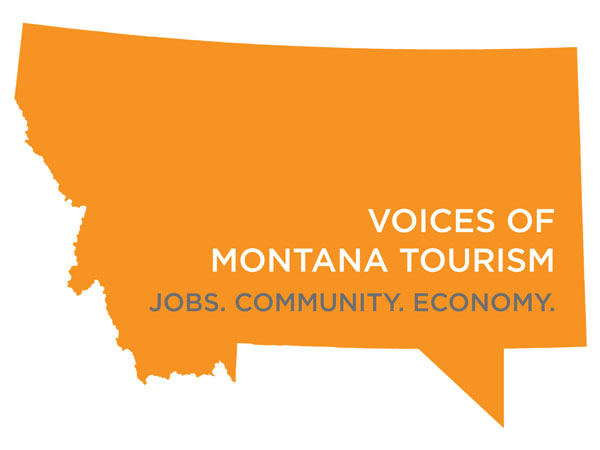
There are several things, but a lot can be summed up with transportation. Increasing airline capacity and airport capacity will be important. However, nine out of 10 visitors arrive in Montana by driving, including cars, buses, R.V’s and motorcycles. Montana needs infrastructure with safe and smooth roads, sturdy bridges, and adequate signage to meet the demand of the growing tourism industry.
Of course, residents appreciate great roads too.
What changes if any do you expect in the type of tourism taking place in Montana over the next 30 years and how will those changes be addressed? (For instance, will there be more “controlled” access to activities? Will wilderness areas see more restrictions? Will visitors be more interested in active tourism: fishing, skiing, hiking, rafting, etc…or more interested in “soft” tourism: sight-seeing, city visits, etc.?
Recent research was just released that studied the perceptions of visitors and potential visitors on how they viewed a Montana experience. The research provided several nuanced findings with branding opportunities to attract more visitors in the future, but supported the traditional brand attributes Montana has relied on which include spectacular, unspoiled nature, vibrant and charming small towns and breathtaking experiences by day and relaxing hospitality at night.
These exceptional experiences in nature such as fishing, skiing, hiking, and rafting will continue to be a differentiating draw from other vacation experiences. That will be true in 30 years and is something that cannot be authentically replicated in other travel markets.
Research shows great opportunity for cultural history in Montana, ranging from opportunities to promote Indian country to the fascinating story of the wild west. Great care must be taken to do this right; the moment the experience resembles Frontierland in Disney, we missed the mark.
Won’t the state and national park systems need more controls to deal with human traffic increases?
That is not for me to say or predict; in fact, starting the conversation with “controls” might not be the first step. It is agreed that Montana’s natural wonders are an asset, and as an asset, it is a resource that needs to be protected. (And not simply protected for more visitors and locals to enjoy today, but protected for future generations to enjoy.)
Instead of controls, the goal could be to steer desired behaviors through effective education and management. Yellowstone National Park saw a huge increase in visitation from 2014 to 2015. Without a huge budget, they made small changes in how to manage behavioral changes and expectations and had a much more successful season for visitors and staff.
How will climate change impact Montana tourism?
Many of the economic data points we work from come from the Institute of Tourism and Recreation Research in the University of Montana. Because the main attraction for visitors to Montana are outdoor activities that can be affected by changing climate, it’s clear, some of those activities will be affected if there is less snow or warmer springs, particularly around water-based or snow recreation. In the short term, visitors will likely adjust the times they arrive for a visit; in the long term it’s more difficult to predict.
How will technology impact tourism? (e.g. driverless vehicles, drones, robotics, virtual reality, automated traffic control, etc.)
When looking back in history, traveling for pleasure, or tourism, is a relatively new human activity of the past 200 years. With the early days of travel in Europe it was only for the very wealthy, sometimes only royalty. Technology changed all of that. Trains first made long distance travel possible, (originally restricted to the relatively wealthy), airlines arrived, and prices have come down. In the ‘60s the Federal Highway System was built, making travel from state to state predictable and safe. Technological breakthroughs made today’s tourism industry possible; while I can’t predict the next 30 years, I can say with certainty, new technology will be a major factor.
How large will a part of Montana's economy tourism be in the year 2047?
Tourism is already a leading industry for Montana, and it will continue to hold that ranking. Tourism is sustainable: a visitor can come and experience Montana, inserting their money into the Montana economy and go home to make room for the next visitor.
How does tourism impact Montana’s population growth?
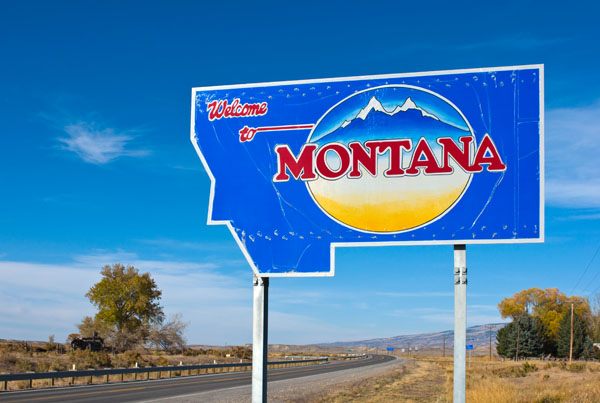
Montana has a growing population, but it is relatively moderate. While Montana’s population growth is relatively flat, the urban areas are growing faster and the rural areas are declining population.
There is an interesting question that is being discussed in the economic development community which is what impact tourism has on creating new industries and investments in Montana.
The starting position is that most people who start a new business in Montana have visited in the past, sometime strictly for business, but often for a vacation. Not only does the actual visit precede investment, but the allure and desirability of Montana can positively impact chances for a business to locate here.



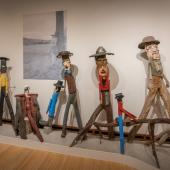


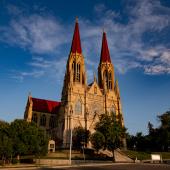
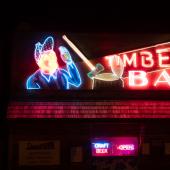
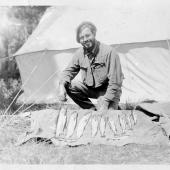

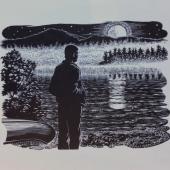
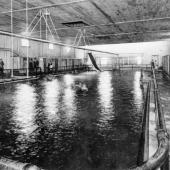
Leave a Comment Here